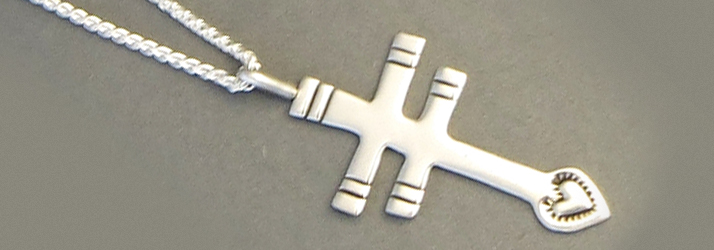Tracing Native American Influences on Modern Fashion
Posted by Claudia on Jan 11th 2016

Native American culture has a strong and pleasing aesthetic that tends to include unique patterns and vibrant colors, so it’s really not surprising that it has infiltrated the world of modern fashion. In order to incorporate Native American fashion influences into your wardrobe tastefully and respectfully, it’s important to take the time to educate yourself and listen to what today’s Native Americans have to say.
Before you finish off your outfit with a fully adorned traditional American Indian headdress, take some time to understand the significance it holds to the tribes who hold their customs sacred. While wearing authentic American Indian jewelry or historically influenced clothing can be a wonderful way to support local Native American artists and pay respect to a beautiful culture, playing dress-up with poor reproductions can be insulting rather than inspiring.
This guide will walk you through the history of Native American fashion and its influence on modern apparel. Besides helping you to avoid cultural appropriation, this guide will also provide some truly fascinating information so you can better understand the roots of some of your favorite clothing and accessories. This guide is not to make you feel guilty, but rather to help you appreciate the context of the many gifts that Native Americans gave not just to the fashionistas among us, but to the world as a whole, too.
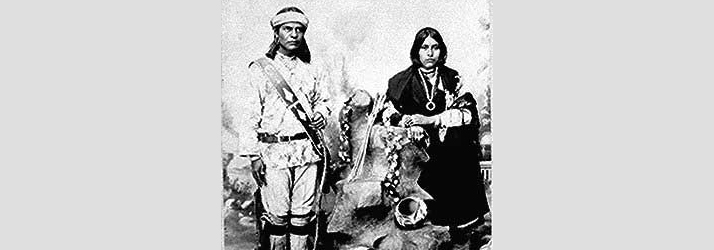
The Pueblo Weavers
As far as we know, the earliest origin of Native American fashion begins around the year 1050 A.D. in the deep Southwestern area of land that eventually became the United States. The Pueblo people used vertical looms to create large fabrics such as ponchos, blankets, and cloths that could be fashioned into dresses or shirts.
In addition to using human, dog, and wild animal hair, the Pueblo weavers utilized local plant material including willow, hemp, bear grass, milkweed, mesquite, cliff rose, yucca, and agave. Bird feathers were often also incorporated into blankets for extra warmth.
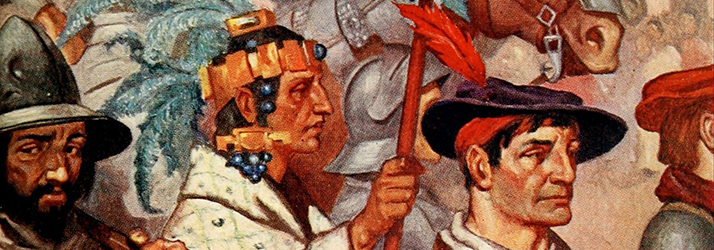
The Spanish Conquistadors Conquer and Influence Puebloan Culture
In the 1500s the Puebloans were invaded by Spanish conquistadors. By the 1600s, Spanish influence had started showing in the Puebloan’s work, with textiles often featuring wool, indigo dyes, and basic stripe designs that eventually evolved into more complex Native American fashion patterns. It was common for blankets to feature brown, white, and blue stripes as well as terraced lines.
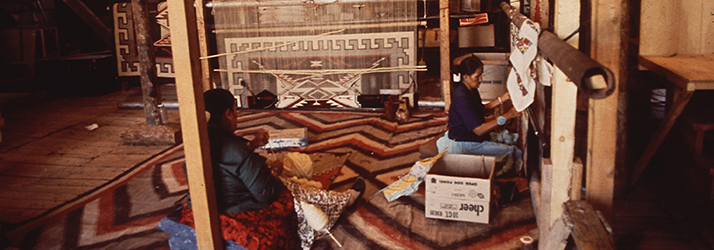
The Navajo Learn Weaving from the Puebloans
Early Navajo textiles and blankets are perhaps the most well-known and beloved relics from Southwestern Native American culture. Around the year 1650, the Puebloans taught the Navajo tribes how to weave, however it wasn’t until the 1700s that the Navajo weavers started branching out from the more conservative Puebloan designs, instead creating their own style by using diagonal lines and incorporating additional, brighter colors.
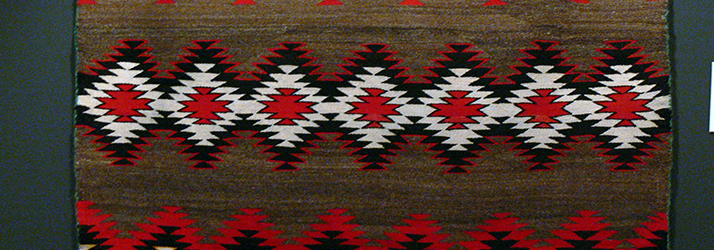
Each Blanket Is a Timeless Portrait of Navajo Life
The Navajo weavers (usually women) wove their life experiences into each and every meticulously crafted work of art they produced. Regardless of your opinion on Native American fashion, there is no denying the raw skill, finesse, and time that went into every piece.
Navajo weaving is so special because each piece tells a story. The weavers created geometric shapes that represented the surrounding mountainous terrain as well as objects and creatures such as clouds, owls, lizards, and turtles. Many of the signature Navajo blankets featured more abstract patterns that were also inspired by the weavers’ lives and surroundings. Few would argue that Navajo blankets are one of the strongest Native American fashion influences today.
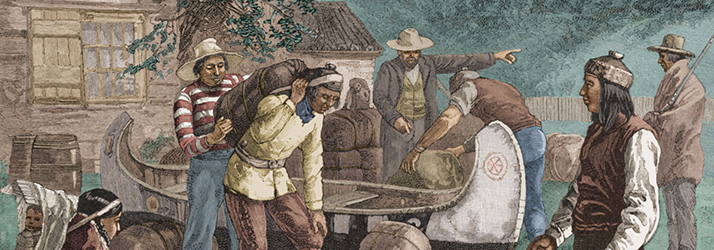
Hudson Bay Company Trades with Northeastern Tribes
Around the time the Navajo were learning weaving from the Puebloans, the American Indian tribes in the Northeast depended on animal furs to stay warm. These tribes-people started trading with the Hudson Bay Company, a fur trading company from present-day Canada. The felted wool blankets Hudson Bay Company traded were water-resistant and provided excellent insulation, making them an ideal asset. The most popular blanket was the “chief’s blanket,” which featured a green, red, gold, and cobalt banded stripe pattern.
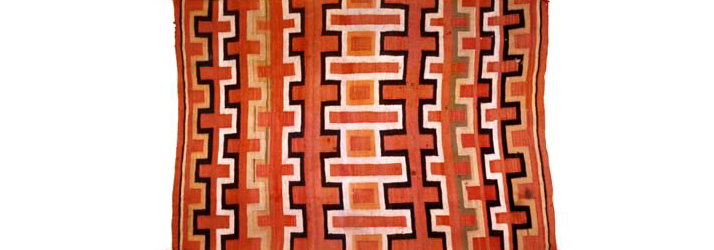
Navajo Blankets Attract Wealthy Tourists
Once the railroad was running, around the late 1880s, white tourists from the Eastern U.S. became enthralled by Navajo blankets and Native American fashion. It became common for Victorians to purchase Navajo blankets and use them as conversation-piece rugs. In order to appeal to these wealthy tourists, traders requested that the Navajo weavers create heavier blankets with more subdued colors that would be better suited for floor use.
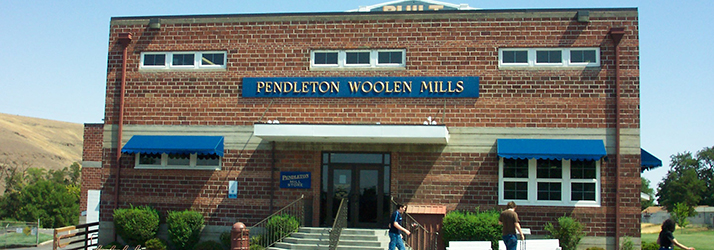
Pendleton Opens and Native American-Inspired Designs Go Mainstream
In 1895, a wool mill opened in the town of Pendleton, OR with the goal of selling robes and blankets to local tribes. Although the initial factory was not successful, it was bought and re-purposed by brothers Clarence, Roy, and Chauncey Bishop under the name Pendleton Woolen Mills.
In the 1900s, Pendleton was able to use relatively new loom technology to produce felted blankets that were inspired by Native American fashion with vivid colors and ornate designs. Joe Rawnsley, the Pendleton loom artisan, spent a great deal of time fostering warm relationships with the local American Indians, learning about their favorite colors and patterns.
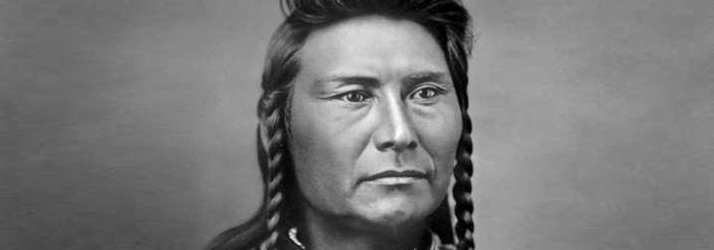
Chief Joseph Photographed Wearing Pendleton Blanket
In 1901 Pendleton gained more credibility when Chief Joseph the Younger, a well-known revolutionary, was photographed wearing a Pendleton blanket. Chief Joseph is most famous for leading an enduring resistance against the American government when the Nez Perce were being forced to move into an Idaho reservation. In the 1920s Pendleton introduced the nine-element robe in his honor. It is worth noting that Chief Joseph did not have any actual relationship with Pendleton aside from the photo taken in 1901.
Rawnsley Creates His Own Native American-Influenced Patterns
Rawnsley was heavily “inspired” by his time with the Navajo, Zuni, and Hopi people, as well as their baskets, pottery, weaving, and regalia. After touring the Southwest for six months, he came back with his own unique motifs that were clearly influenced by his journey. Although many of his designs were influenced more by Mexican culture than Native American fashion, they were still well-received by the Native Americans.
Historically, some might argue that Joe Rawnsley stole his designs from the Native American people, but at the time, the blankets were undeniably a hit among the American Indians. The Pendleton blankets were given as cherished gifts and used in powwows and rite of passage ceremonies; they became staple products in Native American households all over the country. Ironically, many of the Native weavers were selling their blankets to the tourists, and using the income to buy blankets from Pendleton.
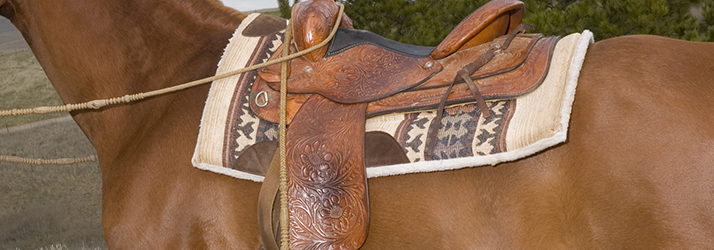
Native American Designs Continue to Become Increasingly Widespread
It was at this point in time that Native American fashion had really started to penetrate American culture as a whole. White tourists were thrilled to bring home exotic textile showpieces (regardless of how authentic they may actually have been), and around 1910, these patterns started emerging in other home furnishings like curtains and couch covers. Shortly after, Native American and Mexican-inspired Southwestern designs were frequently used by cowboys as saddle blankets.
Native American Designs Thrive While the People Suffer
It is important to note that although Rawnsley did his best to facilitate positive relations with the Native Americans, the early 1900s were a dark time for American Indian people. Many of them were confined to small reservations and the rapidly developing communities were quickly squeezing them out of their land. Meanwhile profiteers were taking advantage of their longstanding culture to make some fast money. Sacred traditions were poorly imitated and Native American fashion began to lose its sanctity.
Perhaps it is this suffering that inspired so many Native American artists to look inward for beauty, resulting in some truly exquisite artwork from this period. As we admire and appreciate the Native American fashion from the 1900s and on, it is important to also recognize and remember the hardships that these tribes endured. When you consider the context of these stunning designs, you start to understand why modern American Indians may take offense to poor reproductions of a dying art that was once theirs alone.
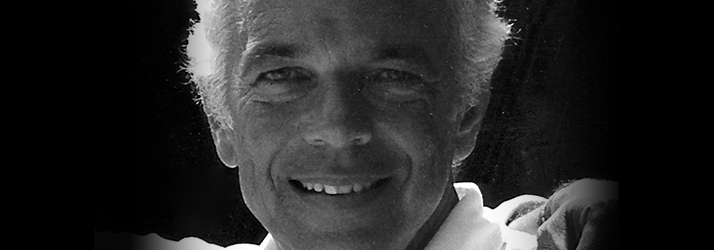
Ralph Lauren Brings Native American Influence into Modern Fashion
In the 1970s and 80s American fashion designer Ralph Lauren launched his Santa Fe clothing line featuring sweaters, petticoat skirts, blanket jackets, concha belts, and other apparel imbued with Native American fashion designs. In the 1990s these patterns saw a resurgence, due mainly to the rise of contemporary country music and Southwestern aesthetics in general.
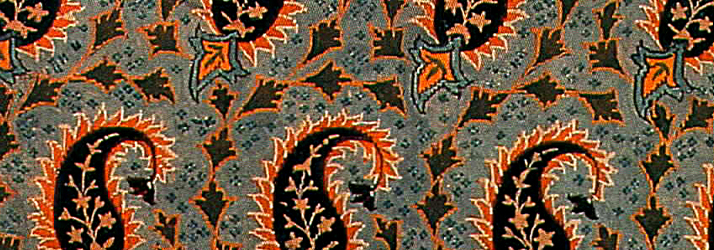
Reinterpretation of Artistic Styles
From the early 1900s on, as travel and trade improved and it became easier to acquire new, exotic items, many traditional patterns and designs were co-opted and changed. For example, the paisley design commonly found on ties originated as a holy symbol of the Zoroastrians in Persia. In the Victorian era, Chinese and Japanese porcelain tea sets and hand-made fans became popular, in the 1920s Egyptian art became widespread, and in the 1960s it was West African and Latin designs that grew in popularity. Borrowing from other cultures has been, and still is, a longstanding means of artistic expression.
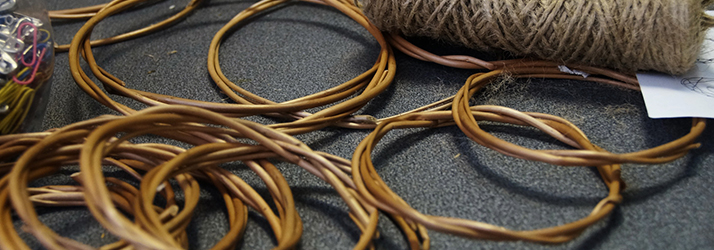
Modern Interpretation of Native American Styles
Over the past decade, there has been a resurgence of interest in Native American fashion. Feathers, headdresses, tomahawks, warpaint, crystals, minnetonkas, dream catchers, beaded jewelry, turquoise jewelry, abalone jewelry, leather, and other aspects of Native American fashion have become increasingly common.
While these Native American fashion trends are especially common at mainstream music festivals such as Coachella, they have clearly infiltrated many other aspects of youth culture. Pendleton—the company that started it all—launched an urban line in 2011, and stores like Urban Outfitters are still pushing Native American-inspired clothing and accessories.
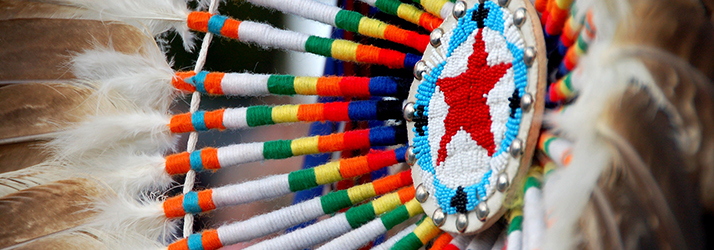
Appropriation vs. Appreciation
The problem with much of the native American-inspired clothing and jewelry today is its dehumanization of the Native American people who created such timeless designs. There is a stark difference between wearing a pair of traditional moccasins or a Zuni fetish necklace because you respect Native American fashion and culture, and wearing a poorly made feathered war bonnet as a fashion statement.
Of course, differentiating between appropriation and appreciation can be difficult, so here are some tips to help you wear these pieces well.
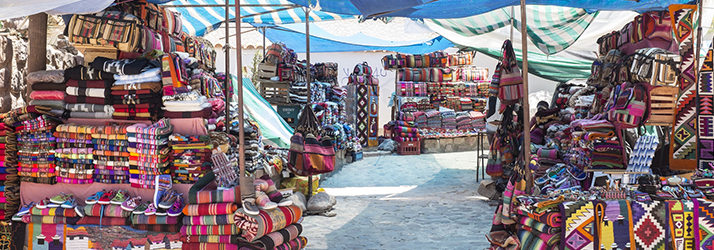
Support Native American Artists
First and foremost, don’t support the people and companies that sell shoddily-made copies of authentic Native American fashion. Not only are you paying too much for a worthless copy, but you are also indirectly (or in some cases directly) taking money from the Native American artists who spent years honing their craft and their skills.
If you are shopping for Native American clothing, always ask for a certificate of authenticity or other form of tribal identification before you spend your money. The difference between an authentic, locally sourced product and an overseas imitation is truly night and day. Caring where your product comes from means you can wear your new wardrobe addition with pride, knowing that you are supporting generations of effort.
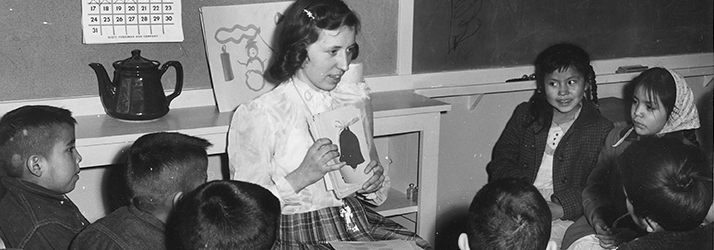
Support Native American Organizations
There are 566 federally recognized Native American tribes in the United States. These people still face hardships today, and learning about their causes and supporting them, if you feel so inclined, is a huge step in the right direction. Eradicating Offensive Native Mascotry (EONM) is one organization working to eliminate harmful, stereotypical imagery. The Center for American Indian Research and Native Studies (CAIRNS) is another outstanding resource that helps Native American communities deal with ongoing, timely issues of all types. If you find yourself interested in Native American fashion and culture, take the time to learn about the struggles facing the Native American people today.
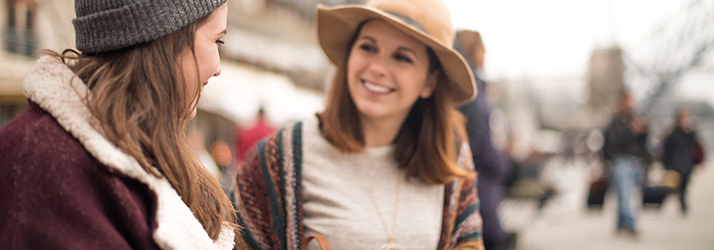
Spread the Word
Cultural appropriation is rarely intentionally malicious. In fact, most people who do it do so inadvertently and with pure intentions. There is nothing wrong with embracing Native American fashion as long as you think about the context of your decisions. If there is a chance that what you’re wearing could make a Native American person feel mocked, degraded, dehumanized, or insulted in any way, reconsider your choice.
If someone you know is unintentionally appropriating Native American fashion, open a dialogue with them. Without sounding accusatory, simply tell them about what you know. Nobody is born with a head full of knowledge—we have to learn from each other. Even if they don’t respond immediately, you’ve planted a seed. We should all strive to improve ourselves as people whenever the opportunity is presented to us, and this is a great example of a relevant issue we are fully capable of tackling. Yet, this issue remains all too common.
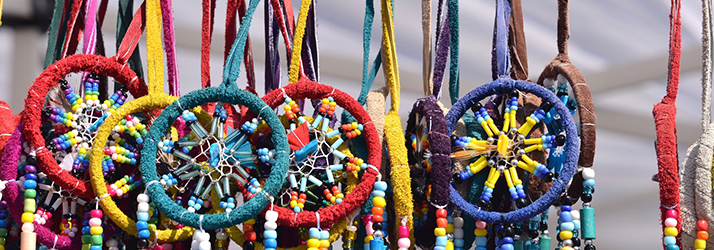
Shop at Reputable Stores That Honor Native American Culture
The best way to make sure you aren’t accidentally appropriating Native American fashion is to shop at stores that are approved by Native American communities. Many American Indian artists sell their products directly to trusted stores that pay the artists a fair price and sell the products to other like-minded people who respect Native American culture. We are pleased to say with confidence that we are one of those stores. We work closely with acclaimed Native American artists to ensure a positive experience for everyone involved.
At Southwest Silver Gallery, we are so proud to be a legitimate source of genuine Native American jewelry and accessories, and we stand behind each and every one of our authentic pieces. Most of our jewelry is hallmarked by renowned artists and we are committed to providing complete transparency every step of the way. If you have any questions about any of our products, we encourage you to give us a call at 1-888-476-4367 or feel free to contact us online.
The Story Is Not Over
As you can clearly see, the Native American people have had a long and tumultuous history in the United States, and it is one that is still going on today. By supporting authentic Native American fashion, you give a voice to the artists who may not have been heard. American Indian textiles are all about the story behind them, and now you can be a part of it, too. Knowing what we know about the past, it is up to all of us to improve the future. Support the modern Native American fashion today.

